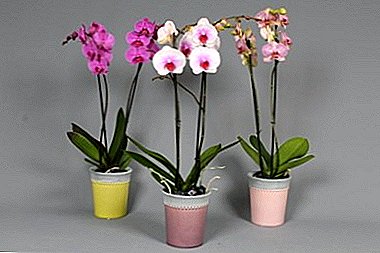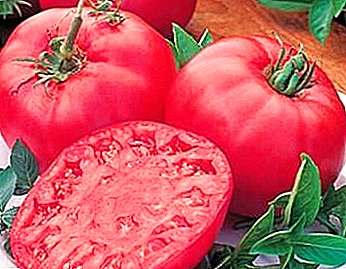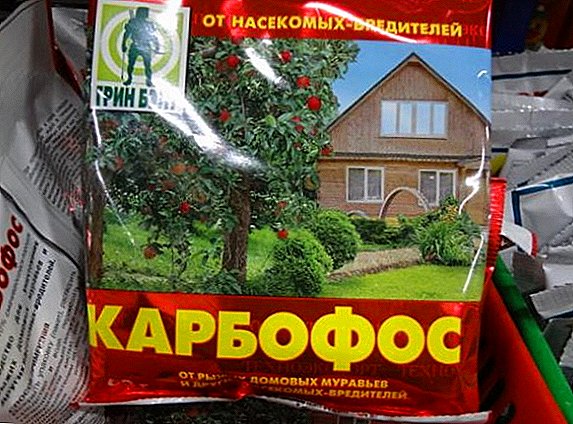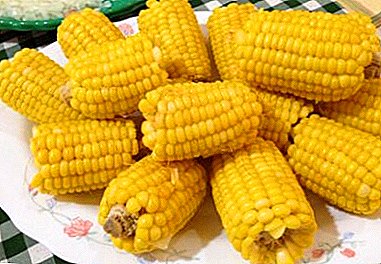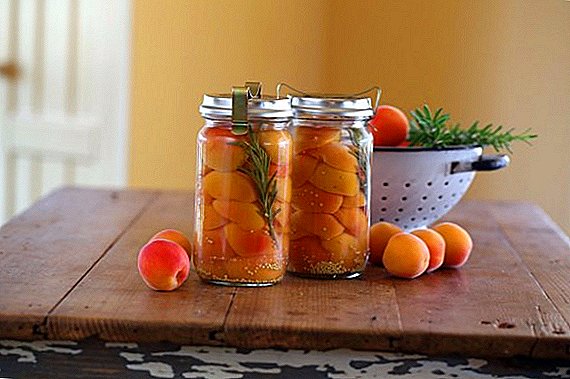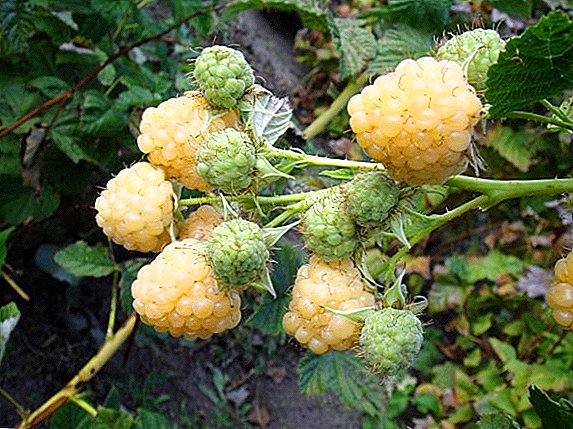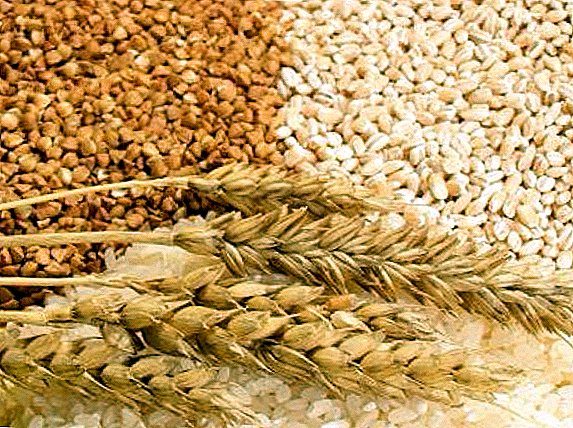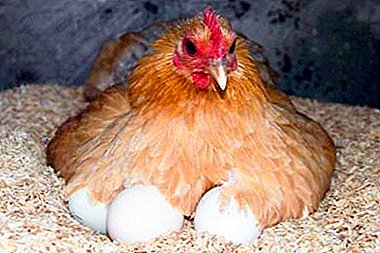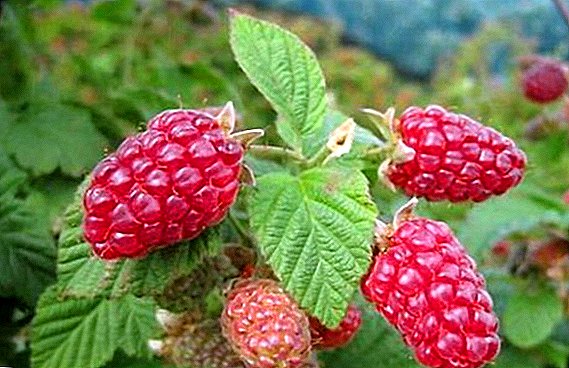 If you have a dacha, do not forget to select a few square meters under the raspberry. These are raspberry jam, raspberry tea, raspberry ice cream, and just a delicious fresh berry.
If you have a dacha, do not forget to select a few square meters under the raspberry. These are raspberry jam, raspberry tea, raspberry ice cream, and just a delicious fresh berry.
When choosing a variety for planting, consider the climate, yield, taste, especially the care of the bushes. Patricia raspberry variety will satisfy your needs.
Selection
The selection of large-fruited raspberry varieties, which is the Patrician variety, was studied by the English scientist-breeder D.Jennings. He was able on a genetic basis through breeding experiments to bring new large and high-yielding varieties.
In 1986, in Moscow, Professor Kichina V.V. on the basis of the available material, the variety Patricia was bred, refined, and registered in 1992.
Breeders primarily worked to ensure that the variety was large-fruited, productive, resistant to pests and diseases. They succeeded.
Description and distinctive features of the variety
It is possible to grow Patricia raspberry varieties in a temperate climate zone: Middle and southern Russia, Central and Southern Europe, the Caucasus, etc.
Did you know? The leader in growing raspberries in the global market - Russia.
Characteristics of raspberry Patricia indicates the characteristics of the variety, its distinctive features.
The variety deserves attention, first of all, due to a large number of tasty berries, its presentation. In addition, the variety is frost-resistant, practically not susceptible to diseases and pests.
Bushes
Raspberry bushes are straight, slightly sprawling. Standard height - 1.6-1.8 m. Shoots are not prickly, because there are no thorns on them.  The color of the bark varies from light brown and red-brown dark. In addition, the stems are coated with wax and pubescent.
The color of the bark varies from light brown and red-brown dark. In addition, the stems are coated with wax and pubescent.
The leaves are large, also pubescent, slightly wrinkled. The color of the leaf depends on its "age".
Younger, at the stage of blooming - brown or red-brown, blooming - light green, mature - dark green. The leaf has, as a rule, five leaflets with urban edges.
Learn more about such raspberry varieties as Kirzhach, Canadian, Lyachka, Diamond, Skromnitsa, Indian Summer, Barnaulskaya, Ispolin, Zyugan, Novost Kuzmina, Heritage, Cumberland, Atlant, Yellow Giant.
Fruit
Fruit twigs are formed in the middle of the bush and further up the stem. Well developed, elongated. On each of them grows 15-20 berries.
Fruits are large, cone-shaped, velvety, with a small number of seeds. Color - traditional crimson.
Tastes excellent. The flesh is tender, juicy, with a dessert flavor, aromatic. When ripe, the fruits do not fall off the bush for a long time.  The berries are juicy, but dense, so the variety is suitable for growing on an industrial scale. For a long time preserves the presentation. Carry transportation.
The berries are juicy, but dense, so the variety is suitable for growing on an industrial scale. For a long time preserves the presentation. Carry transportation.
Ripening period and yield
Many gardeners ask: raspberry patricia remontantnaya or not? The answer is unequivocal: no, not remontant.
Patricia bears fruit only for a certain period (remontant, most often, all summer and even September) and high yields are observed from the third year (from remontant varieties - from the first).
And now more. Variety fruits annually. In the first two years, the harvest is small. Peak yield - the third year of cultivation.
The first ripe berries appear by the end of June. Basically, it ripens by the beginning of July and continues to actively sing during the month. Harvest can be for 5-6 fees.
In the description of the raspberry variety Patricia, the yield from one bush is 5-7 kg, sometimes up to 10 kg. And on an industrial scale, on large areas - 25t / ha. 
Did you know? Collecting nectar, pollinating flowers, bees increase the yield of raspberries by 60-100%.
Disease resistance
The cultivated Patricia variety is disease resistant, but not all. Prevention still requires. Resistance is developed to didimella, anthracnose, botrytis. But to phytophthora susceptible and in need of constant monitoring, prevention, and in the case of the disease - treatment.
Winter hardiness
Patricia tolerates the winter cold easily, because cold-resistant grade. Maintains a frost to -34 ° C. With this cold, only young shoots can suffer.
The only thing that fears is the frosty wind. In this case, raspberry bushes are better to bend to the ground and covered with snow.
Nobody can know what the winter will be like. Therefore, it is better to be safe and, in order to avoid freezing of bushes, still bend them to the ground and cover them with garden material. 
How to choose seedlings when buying
Raspberries are planted in spring or autumn, depending on climatic conditions. In the southern regions with a warm winter, you can plant out in the fall, raspberries will have time to settle down. But in the north - it is better to wait for spring and not to subject seedlings to winter stress.
Saplings are best purchased not in spontaneous markets, but in a specialized nursery. Thus, you protect yourself from fraudsters who can not sell you what you need.
In addition, a negligent seller of seedlings may be infected with blight or other diseases that it is undesirable to transfer to your site.
In the nursery, all plants are healthy: diseases have been prevented, seedlings have been treated for pests. Of course, nursery seedlings are more expensive, but worth it. When choosing seedlings, first of all, pay attention to the root system and buds.
The root system should be well developed, kidney replacement - at least three. In general, the seedling should be strong, cut to 20-25 cm. It can be stored for a short time, 1-2 days, wrapped in a damp cloth, always in a cool place. 
Choosing the right place
Success in the cultivation of raspberry Patricia depends on many factors. First of all, it is a place of growth. Raspberry loves space, light and fertile soil. An important condition is that the place should be protected from the winds, especially from the north.
In addition, it can not be a wetland or a place where groundwater lies close to the surface.
Important! The roots are locked up - the plant will die.
The neighborhood is also important. You should not plant bushes next to potatoes, tomatoes, because they are subject to the same diseases and pests. The raspberry grows best of all in the place of currant, black chokeberry, gooseberry.
Lighting
The place for planting raspberry seedlings should be chosen in no way obscured, but, on the contrary, bright and open. It should be as much as possible illuminated by the sun. 
Important! In the shaded area, the yield will be small.
The soil
Raspberry capricious to the soil. It will be good to grow on sandy, loamy soil or black soil. The acidity index is neutral.
No need to try to grow raspberries on sandy soil, because it does not hold moisture. The clayey one will not work either, because water stagnates in it, and raspberry doesn't like it.
Preparatory work on the site
Before planting raspberries, you need to prepare the plot. Digging the site required. After that, you need to choose weed roots to simplify the care of raspberries in the future.
Next, the soil must be fertilized with manure, potash and superphosphate fertilizers. Only this approach is suitable if the site is prepared in advance. For example, if in the fall you are preparing a plot for spring planting raspberries.
If you want to prepare the site and immediately plant the seedlings, then it is better to fertilize each individual pit with humus and complex garden fertilizers. 
Stepwise landing process
Description of the raspberry variety Patricia suggests the characteristics of planting and caring for the crop. For example, the spreading and yield determines the distance between the bushes, and the intolerance of the frosty wind - shelter for the winter, etc.
Important! If you bought a sapling or dug it with an earthy clod, do not shake it off.
When planning, it is necessary to take into account the distance between the pits for planting seedlings and rows: between the pits - at least 60-70 cm, between the rows - at least 1.5 m. And now about everything in detail, so to speak, step by step:
- Dig a pit for planting a sapling 35 × 35 × 35 cm.
- The bottom is covered with humus about 8-10 cm thick.
- Place the seedling in a hole and sprinkle with earth.
- Lightly tamp the ground around.
- Form a hole around the main trunk.
- In water for irrigation as needed (if the plot is not fertilized), apply complex garden fertilizer according to the instructions.
- Pour water (about 10-12 liters).
- Mulch sawdust (can be straw).
- After 10-14 days, cut a sapling at a distance of 20-25 cm from the ground.
Seasonal care features
To get a good harvest of raspberries, you need to carefully care for her. Here, everything plays an important role: timeliness, patience of the owner, and diligence.
Raspberry care includes the following processes:
- watering;
- mulching;
- weeding;
- feeding;
- tying up
- pruning
- the right harvest.
Important! All types of work related to the care of the plant should be done very carefully so as not to damage the stems and leaves, not to disturb the brush of flowers and berries.
Watering and mulching
Watering raspberries should be regular, because irregular watering will affect both the yield and the general condition of the plant.
When watering, the soil should be moistened by 30-35 cm. Avoid root clogging. Water the bushes can be different: "rain", at the root, grooves. 
Important! Watering "rain" it is made only in the morning or in the evening (better in the evening).
If the bushes are watered under the root or grooves, after watering, it is better to mulch the soil with straw or sawdust to preserve moisture.
Norms of watering are also different: in May and early June - water moderately, during the period of the formation and ripening of berries - abundantly, from August to October - weakly. From August to October, water is watered only if there is no rain at all. If the rains periodically pass, then watering is not needed.
Top dressing
Feeding raspberries required. It is produced in three stages:
- before the leaves;
- before flowering;
- after harvest.
The next stage is especially important, as it will affect the crop yield in the current year. Before the appearance of flowers, in June, you need to feed potassium sulfate and superphosphate.
Important! When feeding plants, be sure to follow the instructions for use of the drug.After harvesting, in August, the feeding is the same, only in lower concentration. After feeding, it is better to mulch the soil under the bushes. It is also recommended to feed the raspberries with manure at the rate of 4-5 kg per 1 sq. M once in 4 years in the fall.
Garter on the trellis
Raspberry Patricia has a high stem, therefore, requires obligatory garter.
Due to the fact that the bushes are a little razlohie, have heavy brushes of berries, tying up the support will not work. Stems and brushes need to tie up on the trellis. To do this, you need to dig in support at a distance of 2.5-3 m in a row.
Attach a wire in two rows to these supports: at a distance of 35-45 cm from the ground surface and at a height of 130-150 cm, depending on the height of the plant (20-25 cm below the top).
Thus, the wire throughout the row makes it possible to tie up not only tall stems, but also heavy raspberry tassels. Garter to produce a soft twine. 
Pruning
Pruning raspberry bushes is required. In addition, one of the disadvantages of the variety is a large number of shoots, which also need to be pruned (unless you decided to rejuvenate the plantings).
The periodicity of the weed will correspond to the periodicity of the trim. Vypolonnuyu grass and pruned shoots necessarily need to be removed from under the bushes and between rows.
Let's go back to pruning. In May, you need to destroy all the shoots, as well as shorten the young shoots of 4-5 leaves.
In early June, you need to shorten all the stems to 80-100 cm. So we stimulate the growth of new shoots on the stem, which means the emergence of a larger number of fruit brushes.
After the harvest, in August, you need to cut off all the branches that were removed. In autumn, in October, it is necessary to remove all shoots again. And also thin out the bushes, leaving them 5-6 shoots. 
Shelter for the winter
If the variety grows in northern or middle latitudes, the shoots need shelter for the winter. They are not afraid of frost, as already mentioned, but a frosty wind, icing can cause irreparable damage to the plant. So it is better to be safe.
Winter-ready (trimmed) plant stems gently bend down to the ground without wringing. You can cover the garden material, you can re-use the trellis.
All plants bend down to the level of the trellis and become attached. Plants are warmed with garden material. Roofing material or other material for warming is transferred through the wire and fixed.
Did you know? In medicine, the dried fruit of raspberry is used as a diaphoretic, syrup - to improve the taste of mixtures. In folk medicine, berries and leaves are used for colds, flu, as a febrifuge.
 Raspberries are suitable not only for eating fresh, but also suitable for further processing. Jam, jam, compote, confiture, jelly, juice, wine - all this can be made from raspberries of this variety.
Raspberries are suitable not only for eating fresh, but also suitable for further processing. Jam, jam, compote, confiture, jelly, juice, wine - all this can be made from raspberries of this variety.Familiarize yourself with homemade wine and raspberry wine recipes.We can agree that Patricia’s raspberry variety is quite capricious, needs careful maintenance, but it's worth it. Bother you - and the plant will reward you according to the merits of a delicious harvest.


